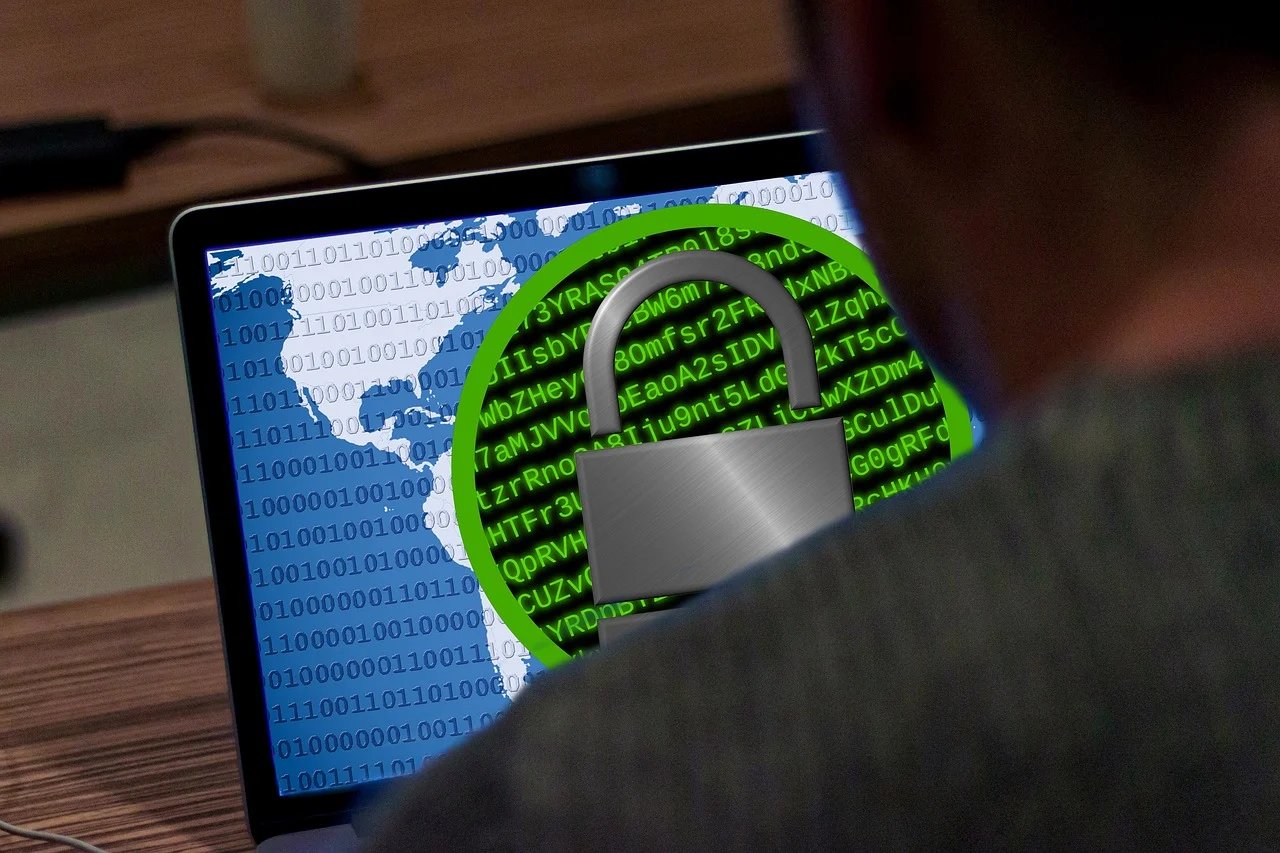Complete IT Support and Managed Services for Central Ohio Businesses
What is Ransomware?
Ransomware is a type of malware that infects your computer network and other devices. Once infected, your data is locked and encrypted, making it unusable and inaccessible until a ransom payment is received. While a majority of ransomware encrypts data on the victim’s server until the ransom is paid, we have observed an increase in double-extortion methods that take it a step further by copying the stolen data to a cybercriminal’s server. This means, even if a ransom is paid, the victim’s data has already been exposed and will likely be exploited or sold illegally on the dark web. Therefore, backing up data is not enough for businesses to mitigate the threat. It is critical that business leaders begin taking a proactive approach to prevent these attacks from compromising, releasing, and destroying sensitive data.


How do users get Ransomware?
There are a number of ways in which ransomware is spread, including malicious email attachments and URLs. A file can be delivered in a variety of formats including Word documents, Excel spreadsheets, PDFs, zip files, and more. When a user clicks on a malicious link or file, ransomware can immediately deploy or remain dormant for days, weeks, or even months before encrypting a victim’s files. While you may think it’s easy to spot a malicious email, cybercriminals are becoming more sophisticated and often conduct extensive research on their target. As a result, ransomware groups are able to deceive users with very credible and believable emails.
Cybersecurity Trends in the SMB Space
Cybersecurity measures have taken a giant leap in recent years to keep up with the ever-growing number of cyber threats. Some products make for excellent antiviruses or response tactics, but it’s time to start thinking about how you will prevent cyber attacks from occurring in the first place. According to Score, ransomware ranked number one among the top five cybersecurity threats to small businesses in 2022, with business email compromise (BEC) scams right behind it. The threat of human error that leads to employees opening malicious documents and links in BEC scams is why a proactive solution to prevent ransomware from spreading throughout your device or even your network is the missing piece to your cybersecurity stack. Our solutions are a set of layers that work together to provide the proactive security and defenses your organization needs to handle a slip in human error that could cause devastating harm to any SMB. These solutions stop malware from hurting your organization before it gets the chance. Small and medium sized businesses are become more enticing targets because they often don't have the resources that larger companies do and the cyber-criminals know this. They use the lack of IT resources, budgets, personnel as their way in to an "easy" target.
Types of Malware
.png?width=128&height=128&name=ransomware%20(1).png)
Ransomware
Ransomware is a type of malware that infects your computer network and other devices. Once infected, your data is locked and encrypted, making it unusable and inaccessible until a ransom payment is received.

Worms
Like viruses, worms replicate in order to spread to other computers over a network. In the process, they cause harm by destroying files and day.

Keylogger
This malware records all of the keystrokes on your keyboard. This sends all of your sensitive information, including credit cards, passwords and other user credentials to a cybercriminal.

Viruses
A Virus is another form of malware that, when executed, replicates itself by modifying other computer programs and inserting its own code.

Trojan
A Trojan is a form of malware that can be used to steal financial information or install ransomware. Titis is one of the most dangerous forms of malware, as it is often disguised as legitimate software.

Spyware
Spyware is malicious software designed to enter your device, gather your information, and forward it to a third-party without your consent. This software is used to profit from stolen data.
The Cost of Falling Victim
Ransomware attacks are constantly making news headlines. However, the stories you hear often focus on large enterprise organizations. Today, cybercriminals frequently target small to medium- sized organizations, which are often more vulnerable to these attacks due to lack of resources or full time IT departments. Additionally, ransomware attacks can destroy a business as a result of the financial burden inflicted from direct and indirect damage. In addition to the ransom payout, you must factor in downtime, reputational damage, data loss, and other repercussions that may follow.

The Devastating Effects of Ransomware

2022 Average Ransom Payment
In 2022, the average ransom payment was over $810,000 (USD). Only a portion of the average total $4.5 million (USD) incurred costs, including demand payments

Compromised Data
On the dark web, the average cost of stolen documents and accounting data is about $1,285. Victims who have had their organizations records compromised are often left grappling with the effects years later.

Recovery Time
It is estimated that the average amount of time a ransomware attack lasts, including the time it takes to identify the attack and remediate and restore systems, is about 50 days. Think about how much it would cost your company to be down one day, one week, one month.
How Cloud Cover uses Zero Trust Endpoint Protection to Protect Your Business
Zero Trust endpoint protection is a combination of "never trust, always verify" combined with "least access." Traditional security assumed if you were in the building you were allowed to go where you wanted. Zero Trust is the digital equivalent of locking the interior doors. The goal is to prevent unauthorized access to data and services. Zero trust may require a change in an organization’s philosophy and culture around cybersecurity platform that provides enterprise-level cybersecurity to organizations globally. Instead of relying heavily on detection methods and chasing threats, our solution blocks everything that is not explicitly trusted and limit actions to only what is needed. Zero Trust security is much more effective than detection tools. The Zero Trust philosophy incorporates controlling what permitted applications can do, what storage areas can be accessed and how, and what network connections can be made. Denies and allows are recorded in real time in a Unified Audit to assist with compliance and a team of security experts utilizes this real-time data to alert us of any blocked malicious action. This is just one layer that we put in place to protect against Ransomware but we feel that it is one of the most effective layers that we can implement. Nothing is 100% secure in cybersecurity but this helps us get more secure than the construction industry has ever been.
We partner with small and medium sized businesses all over Ohio. In fact, we are a small business so we have a unique understanding of their unique challenges, goals, needs and what systems they need to run to keep their businesses running and keep their team working. We understand that your IT needs vary and depend on budgets, staffing and can very throughout the year. Want to know how we can help keep your SMB safe from cyberthreats? Schedule a call with us.
.webp?width=1000&height=667&name=business%20people%20group%20on%20meeting%20and%20presentation%20%20in%20bright%20modern%20office%20with%20construction%20engineer%20architect%20and%20worker%20looking%20building%20model%20and%20blueprint%20planbleprint%20plans%20(2).webp)
Company news

IT Trends Your Business Should Prepare for in 2026
As we head into 2026, technology is accelerating faster than ever — and that brings both...

How to Fix Office Wi-Fi Issues | Cloud Cover
Tired of trying to find a better signal?
You know the move: laptop in hand, arm raised like a TV...

